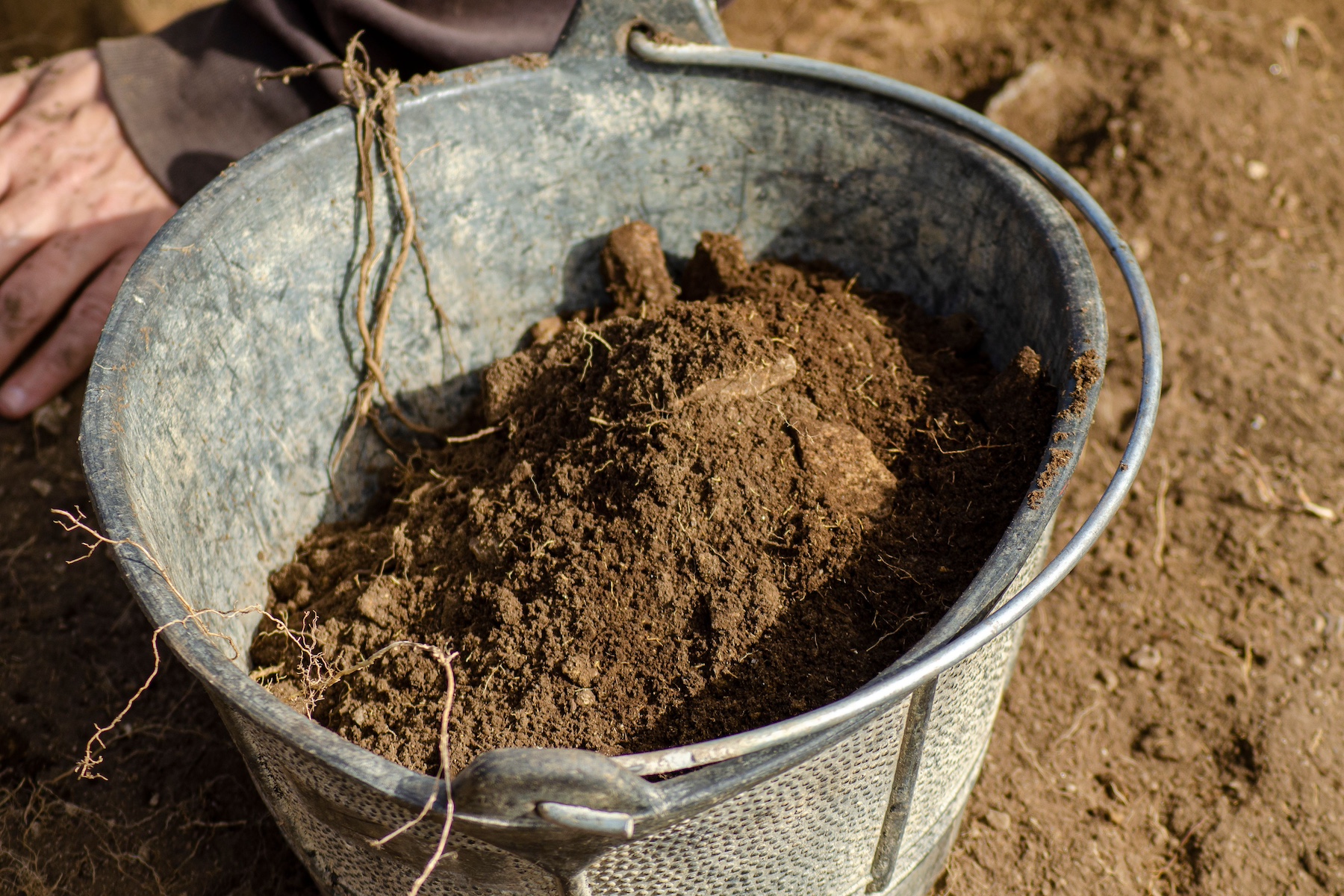There’s no denying that funeral services can get complicated, especially if they aren’t planned out in advance. Fortunately, consumers have more disposition options than ever before, including direct cremation.
Direct cremation is one of the simplest and most straightforward forms of disposition. Essentially, it’s the cremation only without services at a funeral home. However, the family can still choose to have a viewing prior to the cremation independently, and it’s also common for a memorial to be held after the cremation.
Each crematorium will have their own process, but in general you can expect direct cremation to include the five things below.
Submitting Paperwork and Documentation
Right from the start, the funeral home handling the direct cremation will begin the paperwork process. In order to cremate certain documents must be submitted for approval. Death certificates also need to be ordered along with a number of other logistical concerns.
This is one of the most invaluable services that a crematorium provides. Without it, disposition can’t be legally performed, and few people are familiar with everything that’s needed. After the loss of a loved one the family is already dealing with enough without having to spend hours researching online and making calls to find out what forms need to be filed.
Transportation to the Crematorium
Once the arrangements have been finalized, the funeral home can work with the coroner, medical examiner’s office or medical facility to arrange transport. In most instances a permit is needed to transport a body. For example, in Texas you must have a Disinterment Permit from the Vital Statistics Office no matter what. If you want to cremate or move the body out-of-state you’ll also need a Burial-Transit Permit.
The family can elect to do this on their own, but the funeral home won’t accept the body unless you have a disposition permit and/or legal rights to disposition as well.
Preparation of the Body
Once the body is at the crematorium work can begin to prepare the body which is preserved with refrigeration prior to cremation. What preparation entails will depend on the form of cremation that’s being used. If you are using flame-based cremation, then medical devices and some implants will need to be removed first for safety purposes.
One thing that shouldn’t be included in the process is embalming fluid. It simply isn’t necessary with direct cremation.
Cremation of the Body
Once the body has been prepared and the crematorium has received approval, the cremation can take place. The actual cremation usually takes about 2-4 hours from start to finish. The cremation chamber then needs to cool down before the cremated remains can be retrieved.
Preparation of the Cremains
After the cremation there will be bone fragments left over. These are used to make the cremains. Processing the cremated remains entails grinding up the bone fragments into a grainy powder generally takes about 1-2 hours.
The experts at Direct Cremate can answer all your questions about direct cremation and what the process includes. You can give us a call or text whenever is most convenient for you. We’re here to help!



